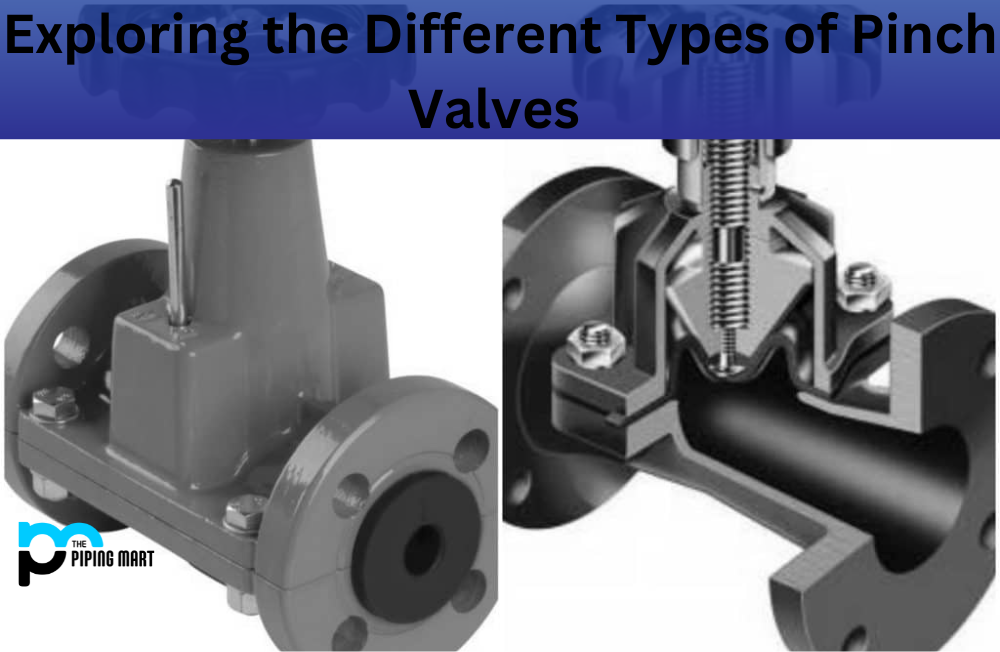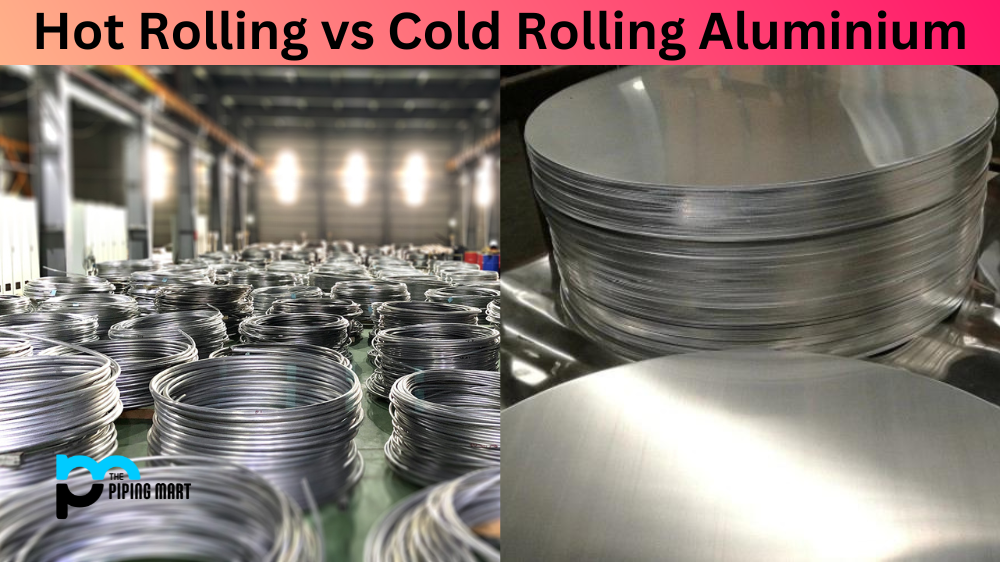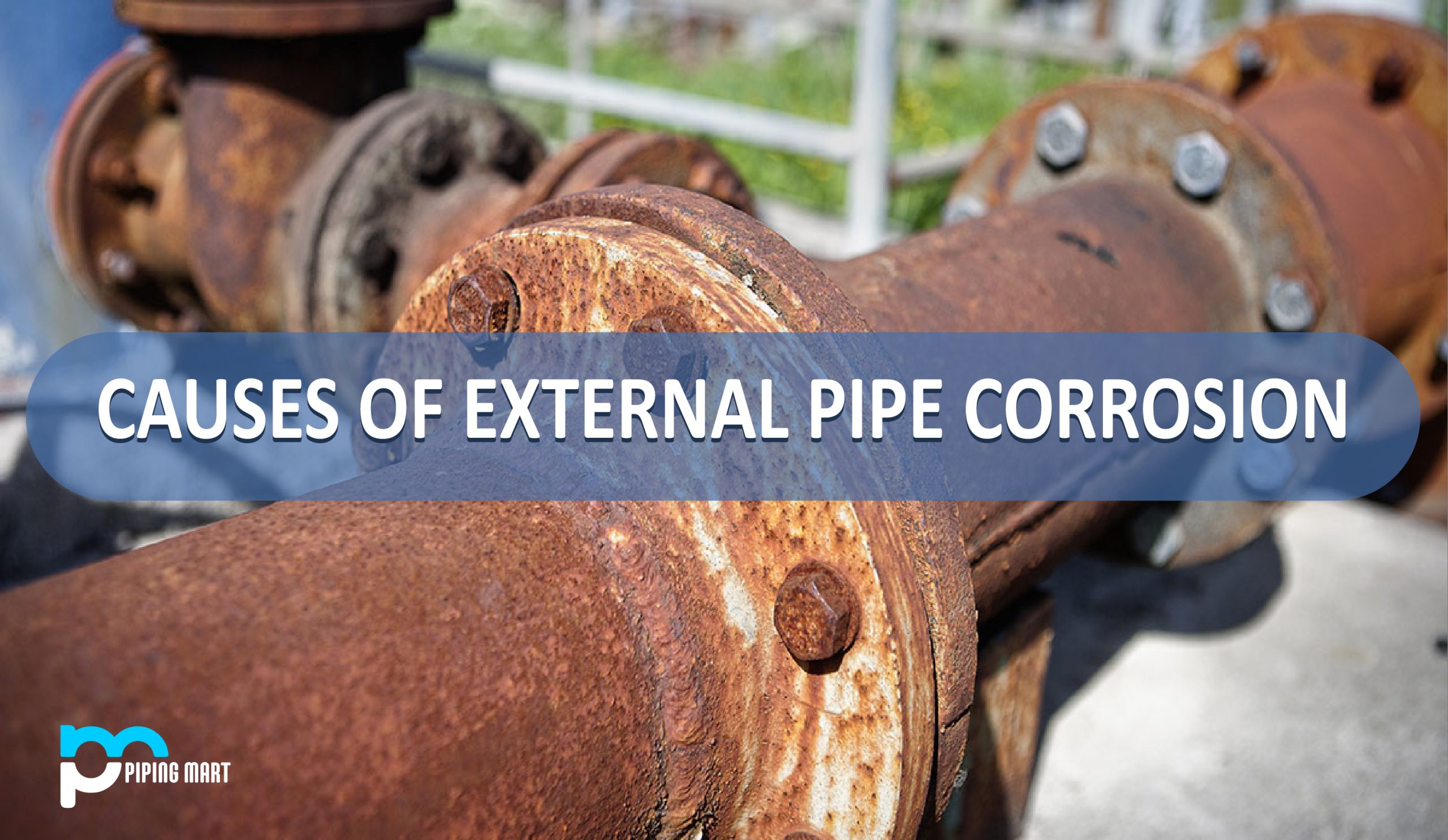A pinch valve is a control valve that uses a flexible elastomeric sleeve to open, close, and regulate fluid flow. Pinch valves are used in many industries to control the flow of liquids, slurries, and gases. This blog post will look at the different types of pinch valves available and explore how they can be used in various applications.
Types of Pinch Valve
Manual Pinch Valve
Manual pinch valves are operated by an external lever or handle. This allows for manual control of the valve’s opening and closing action. The advantages of manual pinch valves include their low cost, simple construction, and easy maintenance. However, they require more frequent adjustments than automated valves as they can’t regulate precisely as needed. Manual pinch valves are typically used in applications where precise regulation isn’t required, or cost is a major factor.
Solenoid Pinch Valve
Solenoid pinch valves use an electric current to actuate the valve’s opening and closing. This makes them much easier to use than manual valves since you don’t have to manually open and close them whenever you need to adjust the flow rate. Solenoid pinch valves also offer more precise regulation than manual models, as they can be programmed for specific settings with just one button or knob. They’re also more durable than manual models due to their lack of exposed parts that can wear out over time. Solenoid pinch valves are ideal for applications that require frequent adjustments, such as water treatment plants or pharmaceutical processes.
Pneumatic Pinch Valve
Pneumatic pinch valves use compressed air instead of electricity to actuate their opening and closing action. They offer similar benefits to solenoid models, such as precise regulation and fewer exposed parts, but they’re often less expensive due to their simpler design. Also, pneumatic models don’t require any additional power source other than compressed air, making them ideal for remote locations where electricity isn’t readily available. They’re commonly used in food processing plants or other industrial environments that require frequent adjustment but don’t have access to an electrical power source nearby.
Conclusion:
With so many pinch valves available on the market today, it can be difficult to decide which is best suited for your application needs. Each type offers unique advantages depending on your specific requirements, including cost savings, ease of use, durability, and precision regulation capabilities, to name a few! Before making your decision, it’s important to weigh all your options carefully, so you choose the right type of valve for your application needs –– no matter what industry you’re in!

A passionate metal industry expert and blogger. With over 5 years of experience in the field, Palak brings a wealth of knowledge and insight to her writing. Whether discussing the latest trends in the metal industry or sharing tips, she is dedicated to helping others succeed in the metal industry.




